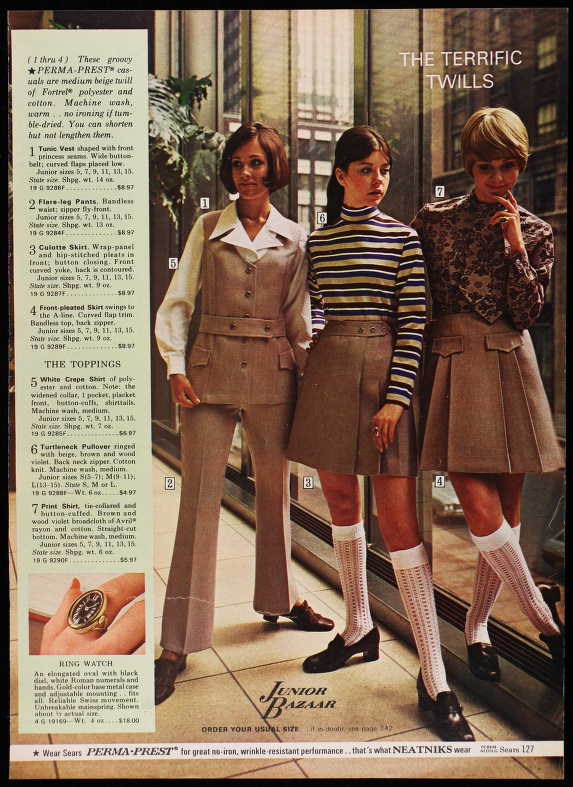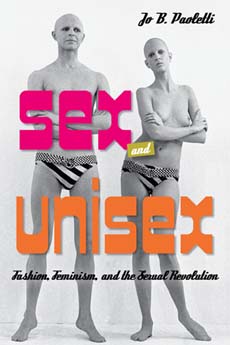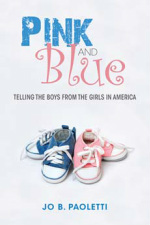A. Blouses/skirts, sweaters/skirts, or sport type dresses shall be worn.1. Blouses, dresses, and sweaters must have armholes high enough to cover undergarments.
2. Extremely tight fitting clothing shall not be worn.
3. Skirts shall not be more than four inches (4") above the knee.
4. Midriffs, backless, shoulderless dresses are not acceptable. Spaghetti straps or tie straps are not to be worn. Blouses should be worn under low necked sweaters.
5. Blouses must be worn tucked in unless the blouse [**7] is designed to be worn outside the skirt as an over-blouse.
6. Play clothes, such as slacks, pedal pushers, shorts, Bermudas, leotards without a skirt, etc., are not acceptable wear unless specifically designated for special occasions.
II. Hair
A. Hair styles shall be neat, properly combed, appropriately arranged, and extreme styles avoided. Bangs are to be neat and short enough to show the eyebrows.1. Pincurls, clippies, rollers, or glitter may not be worn during school hours. Head scarves are not to be worn in classrooms.
III. Make-up
A. Make-up shall be applied sparingly and not to the point of attracting undue attention.1. Excessive jewelry is not appropriate for school wear.
IV. Shoes
A. Shoes should be appropriate for school wear. Roman type sandals or boots are not acceptable. Hosiery, anklets, or peds are to be worn for good health practices.





